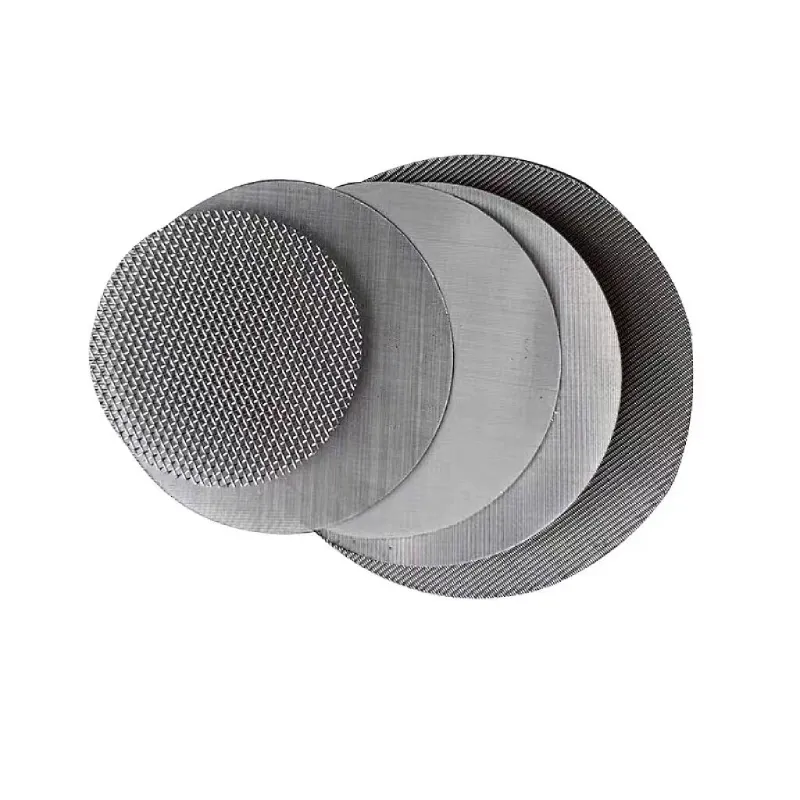-
 Afrikaans
Afrikaans -
 Albanian
Albanian -
 Amharic
Amharic -
 Arabic
Arabic -
 Armenian
Armenian -
 Azerbaijani
Azerbaijani -
 Basque
Basque -
 Belarusian
Belarusian -
 Bengali
Bengali -
 Bosnian
Bosnian -
 Bulgarian
Bulgarian -
 Catalan
Catalan -
 Cebuano
Cebuano -
 China
China -
 Corsican
Corsican -
 Croatian
Croatian -
 Czech
Czech -
 Danish
Danish -
 Dutch
Dutch -
 English
English -
 Esperanto
Esperanto -
 Estonian
Estonian -
 Finnish
Finnish -
 French
French -
 Frisian
Frisian -
 Galician
Galician -
 Georgian
Georgian -
 German
German -
 Greek
Greek -
 Gujarati
Gujarati -
 Haitian Creole
Haitian Creole -
 hausa
hausa -
 hawaiian
hawaiian -
 Hebrew
Hebrew -
 Hindi
Hindi -
 Miao
Miao -
 Hungarian
Hungarian -
 Icelandic
Icelandic -
 igbo
igbo -
 Indonesian
Indonesian -
 irish
irish -
 Italian
Italian -
 Japanese
Japanese -
 Javanese
Javanese -
 Kannada
Kannada -
 kazakh
kazakh -
 Khmer
Khmer -
 Rwandese
Rwandese -
 Korean
Korean -
 Kurdish
Kurdish -
 Kyrgyz
Kyrgyz -
 Lao
Lao -
 Latin
Latin -
 Latvian
Latvian -
 Lithuanian
Lithuanian -
 Luxembourgish
Luxembourgish -
 Macedonian
Macedonian -
 Malgashi
Malgashi -
 Malay
Malay -
 Malayalam
Malayalam -
 Maltese
Maltese -
 Maori
Maori -
 Marathi
Marathi -
 Mongolian
Mongolian -
 Myanmar
Myanmar -
 Nepali
Nepali -
 Norwegian
Norwegian -
 Norwegian
Norwegian -
 Occitan
Occitan -
 Pashto
Pashto -
 Persian
Persian -
 Polish
Polish -
 Portuguese
Portuguese -
 Punjabi
Punjabi -
 Romanian
Romanian -
 Russian
Russian -
 Samoan
Samoan -
 Scottish Gaelic
Scottish Gaelic -
 Serbian
Serbian -
 Sesotho
Sesotho -
 Shona
Shona -
 Sindhi
Sindhi -
 Sinhala
Sinhala -
 Slovak
Slovak -
 Slovenian
Slovenian -
 Somali
Somali -
 Spanish
Spanish -
 Sundanese
Sundanese -
 Swahili
Swahili -
 Swedish
Swedish -
 Tagalog
Tagalog -
 Tajik
Tajik -
 Tamil
Tamil -
 Tatar
Tatar -
 Telugu
Telugu -
 Thai
Thai -
 Turkish
Turkish -
 Turkmen
Turkmen -
 Ukrainian
Ukrainian -
 Urdu
Urdu -
 Uighur
Uighur -
 Uzbek
Uzbek -
 Vietnamese
Vietnamese -
 Welsh
Welsh -
 Bantu
Bantu -
 Yiddish
Yiddish -
 Yoruba
Yoruba -
 Zulu
Zulu
Bird Protection with Innovative Aviary Netting Solutions for Safe Outdoor Spaces
The Benefits and Uses of Aviary Netting
Aviary netting, designed specifically for the protection of birds and their habitats, has become a vital tool for bird enthusiasts, wildlife conservationists, and commercial aviaries alike. This specialized netting serves multiple purposes, from safeguarding endangered species to providing a safe environment for pet birds. In this article, we will explore the various applications and benefits of aviary netting.
Protection of Birds
One of the primary functions of aviary netting is to protect birds from predators. In both aviaries and natural settings, birds are vulnerable to various threats, including hawks, raccoons, and other animals that see them as prey. Aviary netting acts as a barrier, allowing birds to roam freely within a designated area while keeping potential threats at bay. This is particularly important for breeding programs aimed at reintroducing endangered species into their natural habitats.
Habitat Preservation
Aviary netting also plays a role in habitat preservation. By creating a controlled environment, it enables conservationists to manage various factors affecting bird populations, such as food supply and breeding conditions. It can help mimic natural settings, allowing for the flourishing of local flora and fauna within the enclosed space. This promotes a more balanced ecosystem that benefits not only the birds but also the surrounding wildlife.
Safe Space for Pet Birds
aviary netting

For pet owners, aviary netting provides a safe space for birds to thrive. Many bird species require ample space to fly and socialize, which can be challenging to provide in a typical home setting. By constructing an aviary protected with netting, owners can create an expansive environment that allows their pets to exercise and engage in natural behaviors. This enrichment is essential for their physical and mental well-being.
Versatility and Durability
Aviary netting is made from various materials, including polyethylene and nylon, which are both durable and lightweight. This versatility allows it to be used in numerous applications, from home aviaries to large-scale conservation projects. The mesh can come in various sizes, making it adaptable for different bird species and ensuring that it is sufficiently sized to keep out unwanted predators while allowing birds to see and interact with their environment.
Easy Installation and Maintenance
Another advantage of aviary netting is its ease of installation and maintenance. Most netting products come with clear installation instructions and can be set up quickly, whether for a small home aviary or a large commercial facility. Maintenance is also straightforward, requiring regular inspections for wear and tear, but generally involves minimal effort. This lowers the barrier for many bird enthusiasts and conservationists to establish safe habitats.
Conclusion
Aviary netting represents a multifaceted solution to the challenges faced by birds in captivity and the wild. By providing security from predators, preserving natural habitats, and creating enriching spaces for pet birds, it plays a crucial role in bird conservation and welfare. As awareness of the importance of protecting avian species grows, the demand for aviary netting will likely continue to increase, underscoring its importance in the field of ornithology and wildlife protection. Whether for conservation efforts or domestic use, aviary netting stands out as an essential resource for creating safe and nurturing environments for our feathered friends.
-
Shipping Plastic Bags for Every NeedNewsJul.24,2025
-
Safety Netting: Your Shield in ConstructionNewsJul.24,2025
-
Plastic Mesh Netting for Everyday UseNewsJul.24,2025
-
Nylon Netting for Every UseNewsJul.24,2025
-
Mesh Breeder Box for Fish TanksNewsJul.24,2025
-
Expanded Steel Mesh Offers Durable VersatilityNewsJul.24,2025











